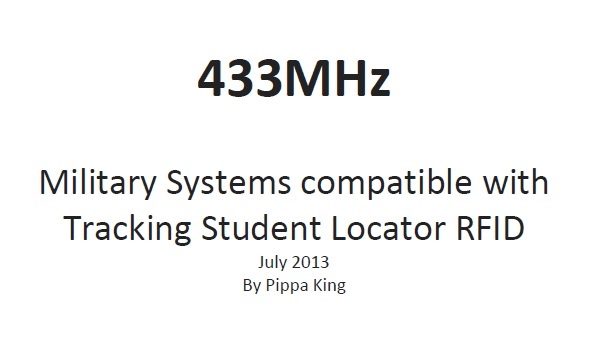Increasingly our streets and cities are using artificial in intelligence (AI) to point police to crime hotspots through CCTV networks. However CCTV, closed circuit television, is not quite what is operating on our streets today. What we have now is IPTV, an internet protocol television network that can relay images to analytical software that uses algorithms to determine pre-crime areas in real time.
Currently this AI looks at areas that may be targeted for crimes such as
burglaries or joyriding, with the predicted hotspot information being sent direct to law enforcement smart phones in the field.
This analytical software is being used in Glasgow,
Britain’s first ‘smart city’, where Israeli company
NICE Systemsare
running the CCTV/IPTV network, analysing data from the 442 fixed HD surveillance cameras and 30 mobile units under a project called
Community Safety Glasgow, apparently delivering Glasgow a more efficient traffic management system, identifying crime in the city and tracking individuals.
“A trial of NICE’s video analytics is planned for later in the year [2015]. This involves Suspect Search which can be used to find missing children or vulnerable adults quickly, such as those with dementia, as well as tackling crime. Again it does not involve facial recognition or emotional intelligence.”
‘Suspect Search’
Nice Systems in Glasgow
As well as missing children and vulnerable adults presumably Suspect Search can also track suspects – the clue is in the name. No facial recognition. No surreptitiously taking and covertly using our biometrics, that’s okay then? So how does this tracking work? The software still has the same outcome as using facial biometrics – individuals can be identified, traced and tracked. According to NICE;
“Working with information about the entire body, from head to foot (clothes, accessories, skin, hair) enables faster and more accurate matches.”
Of course, because CCTV cameras are not at head height and persons of interest do not always have their face aimed at the camera, it could be the back or top of the head or the particular person could be wearing a cap, therefore analysing the whole body makes sense. Still the same outcome as using our biometrics, agencies being able to track us individually, covertly.
“We‘ve got a strategy to encourage people to do with their cameras, is to move them down to eye level …facial recognition software has got better it means we can apply the software to the images of burglaries or robberies whatever, so we can compare those images with the images we take when we arrest people.”
West Midlands Police have a Public Private Partnership (PPP) with multinational corporation
Accenture “
to revolutionise and streamline the way the force handles data, uses mobile and digital technology and interacts with social media and other organisations such as local authorities.”
This includes running a facial recognition system called ‘Face in the crowd’ behind what the Association of Chief Police Officers (ACPO) call “
the wealth of CCTV footage available” in Birmingham.
Apparently ’Face in the Crowd’ is sold to us as a device purely for finding missing persons, much as ‘Suspect Search’ in Glasgow is primarily for missing children vulnerable adults.
All for our safety of course.
“They [body cameras] are a good thing in my view, it gives you a lot of additional evidence, you have got facial recognition, you can actually link it directly to a case system so it’s really good”
Although local government’s CCTV networks are not routinely hooked into private surveillance networks, the advent of IPTV, where surveillance data no longer being recorded on video tapes for storage but being saved in the ‘cloud’, would presumably create a long term desire for government agencies to be able to have access to these private surveillance networks.
With an ever increasing use of these technological analytical intelligences being used behind what is unchanged existing street furniture, essentially nothing outwardly changes for us. These systems are becoming more the norm, and why not if it is for the greater good as the police agencies state?
However each day they are used, they ‘learn’ more about how we behave; our mass movements as herds in cities and as individual humans. How long will it be before the systems begin predicting pre-crime in each one of us individually?
Where does the analytics stop? Will the machine scan parliament’s reams of legislation to analyse the particular crime that has been committed by an individual? Then perhaps the machine can scan court case histories, looking at the best conviction outcomes, advising police agencies specifically what crime has been committed and the optimum penalty. Could the machine ultimately analyse whether we are guilty or innocent?
These systems have the potential to create dizzying amounts of data sets about us. Being able to control our personal digital footprint is now a thing of the past as we move into an age of mass ubiquitous data harvesting.
—
by Pippa King







